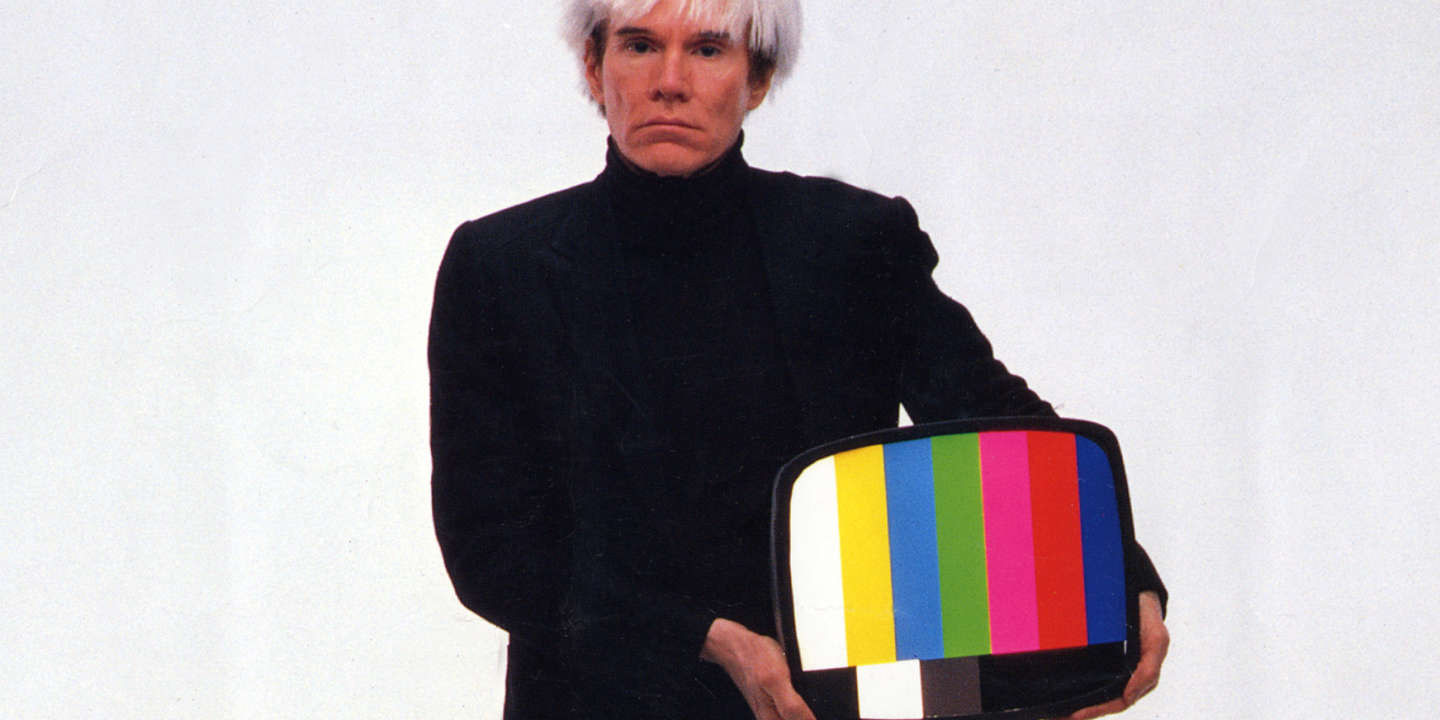Andy Warhol was an American artist, film director, and producer who was a leading figure in the pop art movement. His works explored the relationship between artistic expression, advertising, and celebrity culture that flourished by the 1960s and spanned a variety of media, including painting, silkscreening, photography, film, and sculpture.
Warhol was born on August 6, 1928, in Pittsburgh, Pennsylvania. He was the fourth child of Ondrej Warhola (Americanized as Andrew Warhola Sr. 1889–1942) and Julia (née Zavacká, 1892–1972), whose first child was born in their homeland of Austria-Hungary and died before their move to the US.
Warhol’s family was poor, and he often worked odd jobs to help support them. He attended the Carnegie Institute of Technology (now Carnegie Mellon University) from 1945 to 1949, where he studied commercial art. After graduating, he moved to New York City and worked as a commercial illustrator.
In the early 1960s, Warhol began to experiment with silkscreen printing. He used this technique to create his iconic images of Campbell’s soup cans, Marilyn Monroe, and other popular icons of the time. These works were widely acclaimed and helped establish Warhol as a leading figure in the pop art movement.
In addition to his paintings, Warhol also produced several films, including “Empire” (1964), “Chelsea Girls” (1966), and “The Velvet Underground and Nico” (1966). These films were often experimental and challenging, and they helped expand cinema’s boundaries.
Warhol was also a successful businessman. He founded his studio, Factory, which became a gathering place for artists, musicians, and celebrities. He also published a magazine, Interview, and produced many record albums.
Warhol was a complex and controversial figure. He was celebrated and reviled for his work, which often explored celebrity, consumerism, and death themes. However, there is no doubt that he was one of the most influential artists of the 20th century.
“Don’t think about making art; just get it done.” —AndyWarhol
Andy Warhol’s Impact on Pop Art
Andy Warhol was a leading figure in the pop art movement, and his work profoundly impacted the development of this art form. Warhol’s silkscreen printing allowed him to create mass-produced images of everyday objects and celebrities, which helped blur the boundaries between art and commerce. His work also explored celebrity, consumerism, and death themes, central to the pop art movement.
Warhol’s work was widely influential, and it helped to popularize pop art around the world. His work is still celebrated today, and it continues to inspire new generations of artists.
Andy Warhol’s Legacy
Andy Warhol was a complex and controversial figure, but there is no doubt that he was one of the most influential artists of the 20th century. His work explored various themes, including celebrity, consumerism, and death. He was also a successful businessman and entrepreneur, and he helped to popularize pop art worldwide.
Warhol’s legacy continues to be felt today. His work is still celebrated by art lovers around the world, and it continues to inspire new generations of artists. He was a true icon of the 20th century, and his work will continue to be studied and admired for many years to come.
“Art is anything you can get away with.”
“You need to let the little things that would ordinarily bore you suddenly thrill you.”
“I am a deeply superficial person.”
“The idea is not to live forever; it is to create something that will.”
“Don’t think about making art; just get it done.”




Keywords:
- Andy Warhol
- Pop art
- Campbell’s soup cans
- Marilyn Monroe
- Silkscreen printing
- The Factory
- Interview magazine
- Record albums
- Celebrity
- Consumerism
- Death

